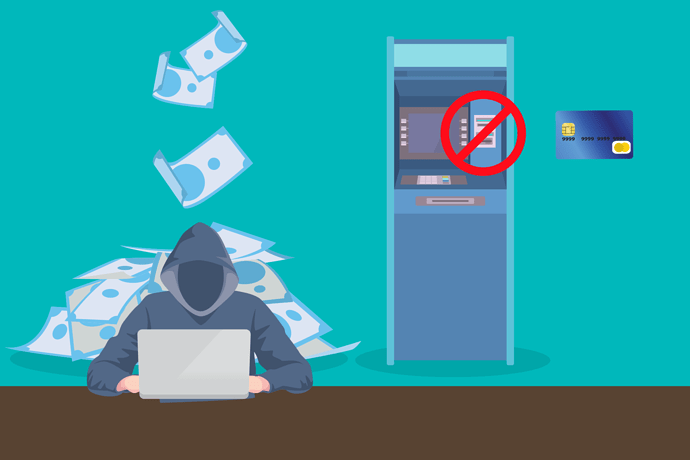What Is Money Laundering?
Money laundering is the process of making large amounts of money generated through criminal activity appear as though it has come from a legitimate source. The money from the criminal activity is considered dirty and the laundering process makes it look clean.
Money laundering is a serious financial crime that can be committed by both white-collar criminals and street-level criminals. To prevent this from happening, most financial companies have policies in place to detect and prevent this activity.
How money laundering works
If the criminal organisation wants to use the money effectively then money laundering is essential. Criminals need a way to deposit large amounts of cash in legitimate institutions while making it look as though it’s from legitimate sources.
Money laundering typically involves 3 steps; placement, layering, and integration.
- Placement puts the dirty money into the legitimate financial system.
- Layering conceals the source of the money through a series of transactions and bookkeeping tricks.
- Integration withdraws the money from the legitimate account so that it can be used for whatever purposes the criminals have in mind.
There are many ways this can be done, from the simple to the complex. One of the most common techniques is to use a legitimate, cash-based business owned by a criminal organisation. This is also known as a front.
Money laundering variants
One method can involve breaking up large chunks of cash into multiple smaller deposits. These deposits are often spread over multiple accounts to avoid detection.
Also, using mules to smuggle large amounts of money into different countries to deposit it in foreign accounts where the regulations are less strict.
Electronic money laundering
Online banking institutions, online payment services, and peer-to-peer transfers on mobile banking apps have made detecting illegal transfers of money even more difficult.
Money is now being laundered through online auctions and sales, gambling websites, and virtual gaming sites. The money can be converted into gaming currency and then back into real currency which can be used by the criminal organisation.
In some places, anti-money laundering laws have been slow to catch up to these types of cybercrimes.
Preventing money laundering
Governments around the world have stepped up their efforts to combat money laundering in recent decades. Regulations now require that financial institutions have put systems in place to detect and report suspicious activity.
The following 8 steps can help you protect yourself from money laundering:
Make sure your AML program reflects your business - Your business may not be covered by off-the-shelf policies and procedures. So make sure everything you do fits with your business.
Make sure the flow makes sense - Your risk assessment should drive your policies, your policies should drive your procedures, the procedures need to reflect the actual business, and you should have controls in place that monitor that the entire process is working.
Have a clear technology plan - Most regulators expect a clear technology plan in place. If you don’t use technology for a certain part of the process, you need to be able to clearly articulate why you’re not using technology for it.
Understand your tools - Make sure you know where data is coming from and how it is maintained if you are using third-party PEP and sanctions lists. When using analytics to monitor behaviour, trends, and transactions, make sure you are able to explain the underlying rationale for the algorithms you are using.
Conduct risk-based due diligence - The higher the risk, the higher the level of due diligence you need to use. Regulations are being brought out that require firms to provide more and more detail about what they do in regards to this and why they think it is appropriate.
Make sure your training is focused - Everyone in your firm should be able to explain how the firm and its products are at risk from financial crime. Everyone should also be clear on how to respond to unusual activity to determine whether it should raise concern.
Regular reviews - Regulations require that regular internal control reviews and reassessments take place.
Ensure the financial crime team is adequately resourced - If the team doesn’t have the resources, your firm may not be able to revisit the risk assessment. Not having the resources available can be a major red flag to any regulator.
If you feel as though your AML processes could use some work MLVerify are here to help you.



